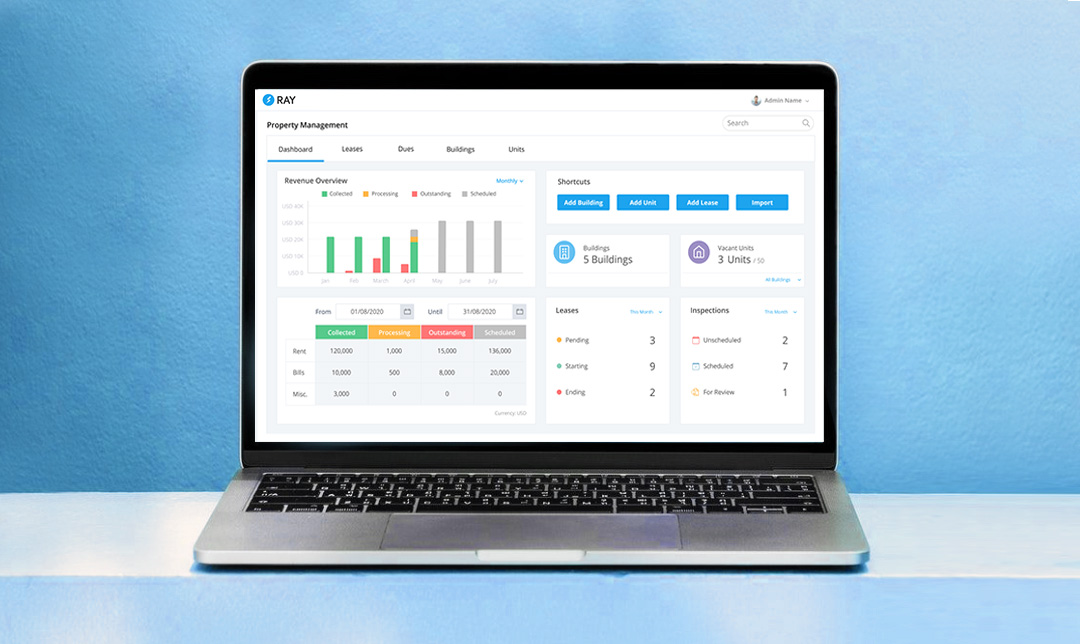

Commercial real estate is a real estate market that focuses on providing spaces for business purposes. Unlike commercial real estate, residential real estate aims at providing habitable spaces.
This article is going to cover the different classes of commercial real estate, managing commercial real estate, and the advantages and disadvantages of commercial real estate.
As previously mentioned, commercial real estate mainly focuses on providing spaces for business purposes. Therefore, commercial real estate, as the name implies, is specifically used in commerce. Commercial real estate is identified according to two standards; the category of the commercial property, and the class of the commercial property.
There are four categories of commercial real estate:
Let’s take a deeper look into each.
Retails:
This commercial real estate class aims at providing spaces for commercial purposes. There are two main types of retail real estate; multi-tenanted and single-use retail. Multi-tenanted retails usually include a lead tenant that works towards gaining more tenants in that retail space. For example, a shopping mall is multi-tenanted retail space. It could have a lead tenant, which encourages more tenants to rent the available spaces, such as shops and restaurants within the mall. On the other hand, single-use retail includes standalone properties, such as grocery stores. However, the retail sector is a complicated one. In order to define the type of a shopping center, many metrics are referred to. Such metrics include the number of tenants, size of the center, its concept, and many more.
Industrial:
Industrial real estate properties have certain characteristics. For example, they are built in secluded areas, away from urban areas, and are usually low-rise. Industrial properties are further classified into the following:
Multifamily Spaces:
While this may sound like residential real estate, it is not. Multifamily spaces mainly cover residential properties that are not single-use, such as apartment rental buildings. However, multifamily spaces that are ready to be leased are categorized into the following six types:
Office Spaces:
Office spaces are the most common type of commercial real estate. As the name suggests, they are usually working spaces provided for different businesses. There are two main types of office spaces; urban and suburban.
Urban office space is located in populated cities and is usually located in high-rise buildings and skyscrapers. Suburban office space, on the other hand, is usually found as part of low-rise compound buildings.
Just like retails, office spaces can also be either multi-tenanted or single-use.
Office spaces are often classified into the following:
Managing commercial real estate is time-consuming for many property owners. This is why many property owners or managers resort to using property management software. Having all the necessary processes on a single platform will help the property manager easily keep track of the commercial property and manage it. Such software can also provide the property manager with the necessary metrics and KPIs needed to keep track of the commercial real estate property.
Since managing commercial real estate is not easy, here are some tips every commercial property manager and the owner should follow:
When considering whether to invest in commercial or residential real estate property, property managers will tend to look at the many advantages of commercial real estate.
First, when renting commercial real estate, lease contracts are longer. This helps property managers guarantee a stable income, with a considerable amount of cash flow.
Second, commercial real estate management is subjected to appreciation, rather than depreciation. Since it is subjected to constant management, maintenance, and technological improvement, commercial real estate will always appreciate in value.
Like everything, there are also several disadvantages to commercial real estate. As previously mentioned, commercial real estate management can be challenging.
First, commercial real estate management can be very costly. Since it’s a property that needs constant maintenance, revamping, and technological upgrades, property managers need to make sure to keep on track with these operations. These operations are without a doubt costly. If a tenant refused to sign a NNN lease, all the costly operations will be for the property manager to handle.
Second, laws and regulations can be the main reasons people tend to not invest in commercial real estate. Commercial real estate management can be subjected to strict forms of taxes, maintenance responsibilities, and purchase mechanisms. These criteria are determined by many factors, such as the country, municipality, commercial real estate size, and industry.
Therefore, with all the above mentioned information regarding commercial real estate management, property managers can easily conclude that it is a challenging task. In order to facilitate all of the complicated processes that come along with commercial real estate management, property managers should resort to user-friendly software that offers simple solutions. RAY caters to the commercial property market and offers services and features that simplify operations.
Commercial real estate management through RAY will help property managers digitalize their processes and operations, leaving them with a hassle-free daily routine. Also, RAY includes integration capabilities that will help the property manager integrate all of his or her systems into the software. Not only that, but commercial real estate management is made easier with RAY with the help of its maintenance and issue reporting feature. Based on the agreement and type of leasing contract, either the property manager or the tenant will have to cover maintenance costs. However, using RAY’s maintenance management feature, the processes of maintenance are made easy and efficient. Therefore, in order to make sure that commercial real estate management is completed in a simple, easy-to-use way, property managers should resort to using a platform like RAY.
In order to learn more about how RAY caters to the commercial market and facilitates commercial real estate management, check out its website at getray.com.
Book a demo to see how commercial real estate management is made easy with RAY, and a team member will contact you shortly.